Exploring Web3 Products: Unlocking the Future of the Interne
Introduction
In the digital age, the Internet has become an integral part of our lives, revolutionizing the way we communicate, work, and access information. As technology continues to evolve, a new paradigm called Web3 is emerging, promising to redefine the Internet experience. In this article, we will delve into Web3 products, their impact on the digital landscape, and explore the opportunities they offer.
1. What is Web3?
Web3, short for Web 3.0, refers to the next generation of the Internet that aims to transform the way we interact online. Unlike Web 2.0, which introduced user-generated content and social media platforms, Web3 focuses on decentralization, privacy, and user control.
2. Understanding Decentralization
Decentralization is a core principle of Web3. It involves shifting power and control from central entities, such as corporations or governments, to distributed networks of computers. By removing intermediaries and relying on peer-to-peer networks, Web3 ensures greater transparency, censorship resistance, and data ownership.
3. The Role of Blockchain Technology
Blockchain technology plays a crucial role in Web3 products. It provides a decentralized and immutable ledger that enables trust and security in peer-to-peer transactions. By utilizing blockchain technology, Web3 products can offer enhanced privacy, smart contract functionality, and seamless cross-border transactions.
4. Exploring Web3 Products
4.1 Decentralized Finance (DeFi)
DeFi is a prominent sector within Web3 products, aiming to revolutionize traditional financial systems. It provides decentralized alternatives to traditional financial intermediaries, such as banks, allowing users to access loans, savings, and investment opportunities through blockchain-based platforms.
4.2 Decentralized Applications (dApps)
dApps are applications built on blockchain networks, offering various functionalities while maintaining decentralization. These applications often utilize smart contracts, enabling secure and transparent interactions without the need for intermediaries.
4.3 Non-Fungible Tokens (NFTs)
NFTs have gained significant attention in recent years, enabling the ownership and trade of unique digital assets. These assets can represent anything from artwork and collectibles to virtual real estate, granting creators and collectors new opportunities within the digital realm.
Conclusion
Web3 products are at the forefront of the Internet revolution, reshaping the way we engage with digital platforms. Through decentralization and blockchain technology, Web3 offers increased privacy, security, and user control. Whether it's DeFi, dApps, or NFTs, Web3 presents exciting opportunities for individuals and businesses alike to participate in the future of the Internet.
Questions to Consider
1. How does Web3 differ from Web2 in terms of core principles and functionalities?
2. What are the advantages of decentralization in Web3 products?
3. How can blockchain technology enhance the security and trustworthiness of Web3 products?
4. What potential challenges and barriers may Web3 face in achieving mainstream adoption?



